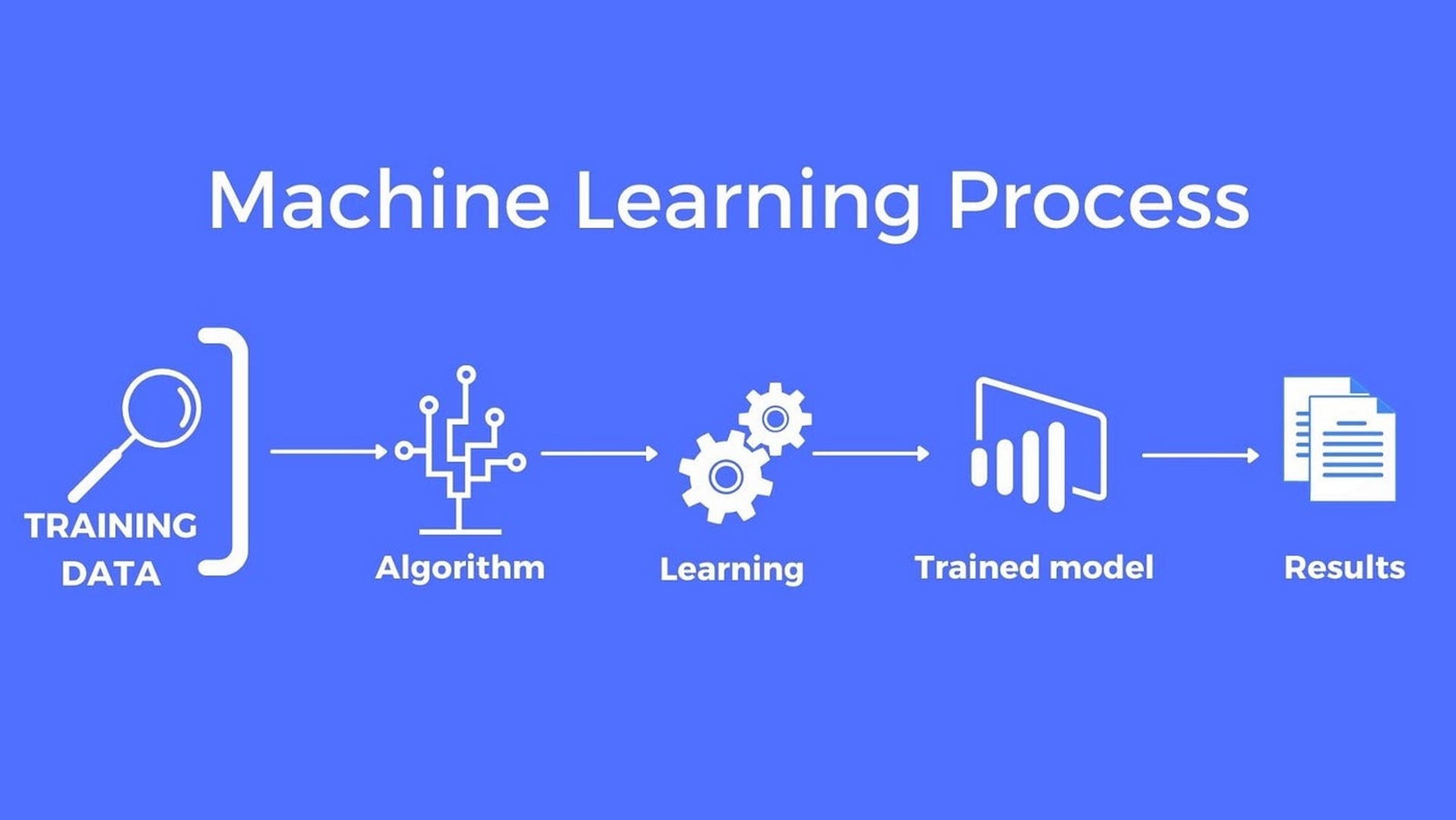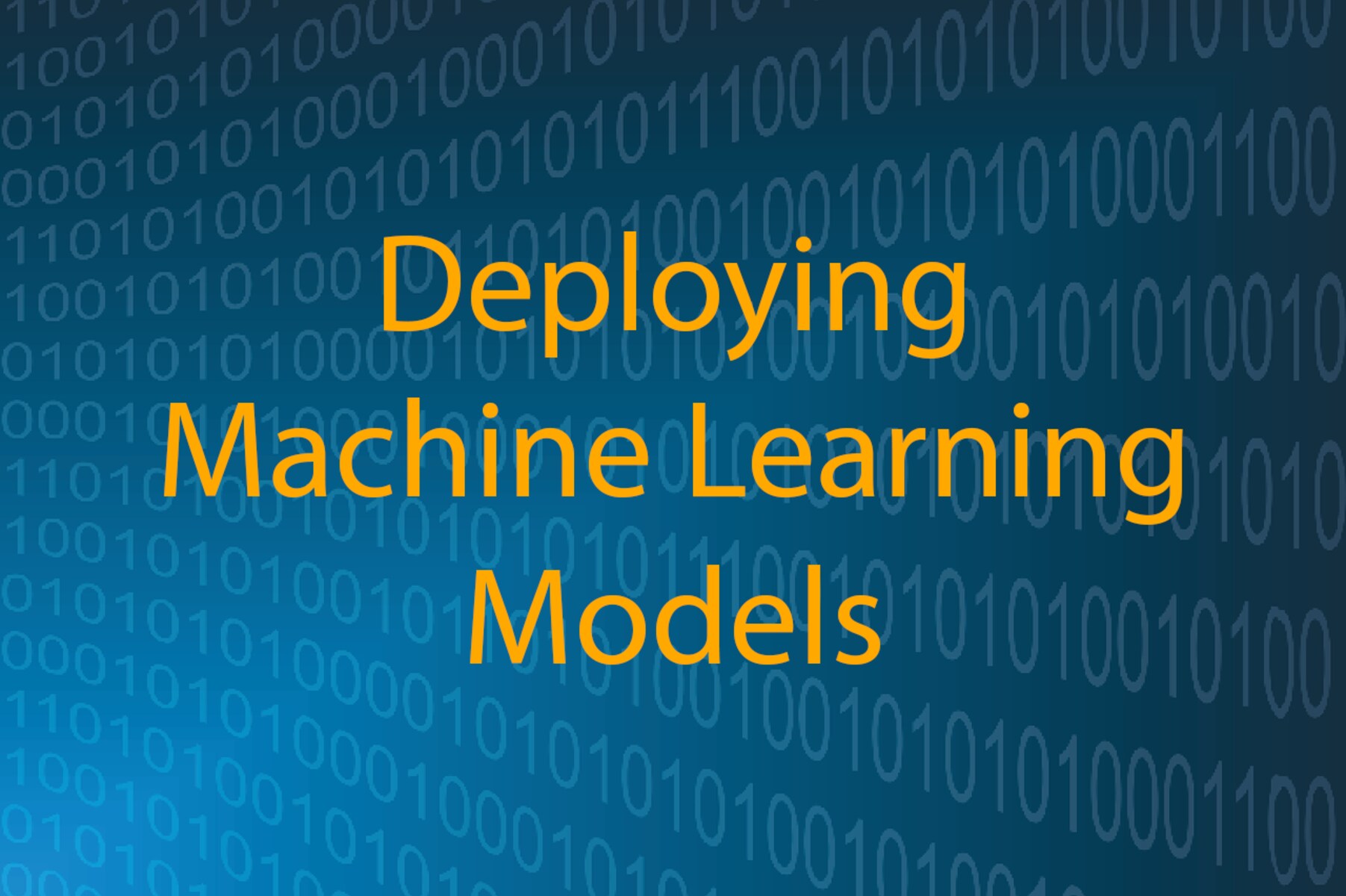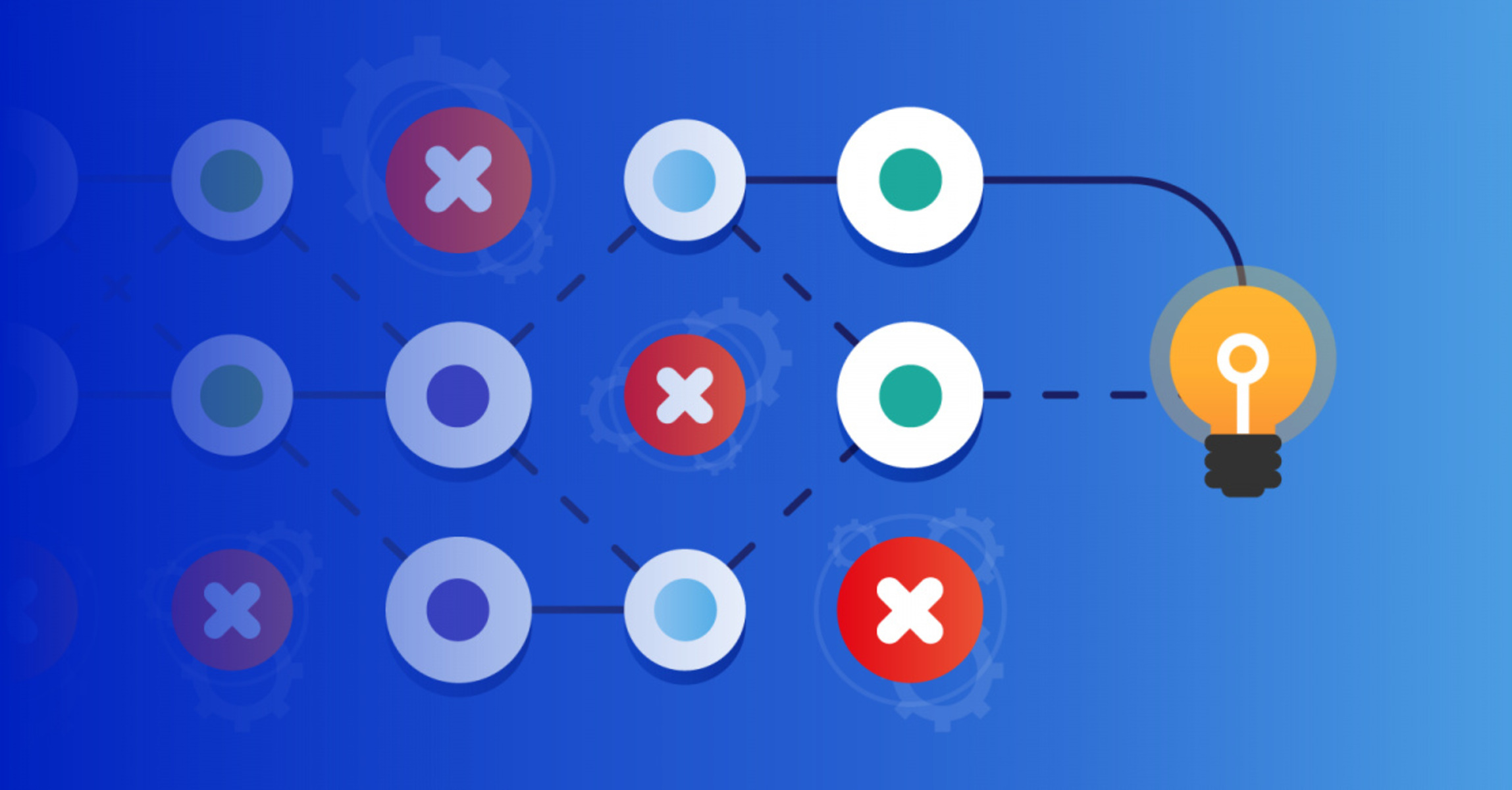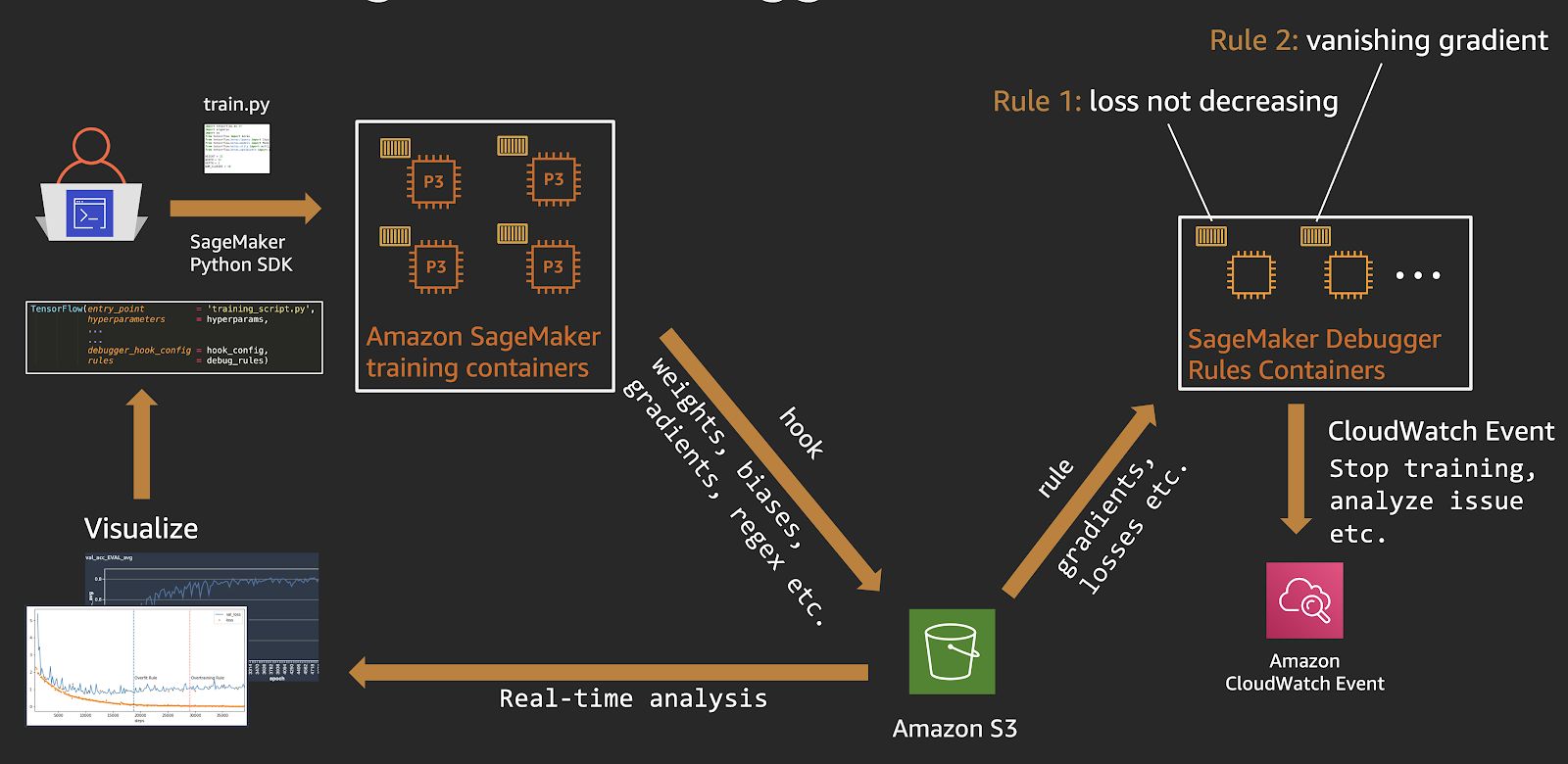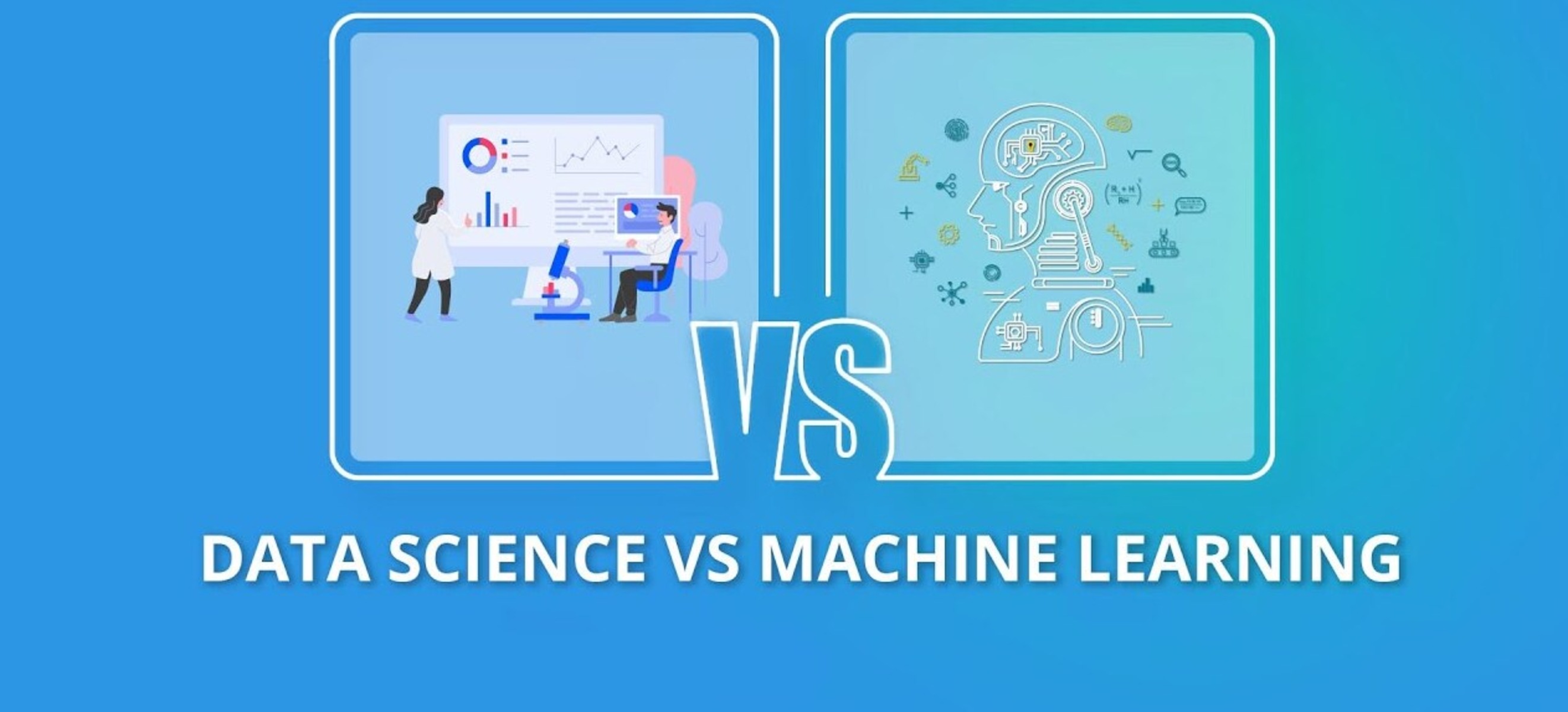Introduction
Training and testing data are essential components in the field of machine learning. They play a crucial role in the development and evaluation of machine learning models. Understanding the concepts of training and testing data is vital for anyone working with machine learning algorithms or implementing data-driven solutions.
Machine learning, a subset of artificial intelligence, focuses on building algorithms that can learn and make predictions from data. These algorithms require two distinct datasets: training data and testing data.
In this article, we will explore the fundamentals of training and testing data, understand their key differences, and discuss their importance in machine learning. We will also delve into the methods used for splitting the data and provide best practices for using training and testing data effectively.
By the end of this article, readers will have a solid understanding of the role training and testing data play in machine learning and be equipped with the knowledge needed to harness their power in developing accurate and reliable machine learning models.
What is Training Data?
Training data, as the name suggests, is the dataset used to train a machine learning model. It consists of a set of input data and corresponding output values, also known as labels or targets. The model learns from this data to make predictions or perform specific tasks.
The training data serves as a guide for the model, enabling it to learn and identify patterns, correlations, and trends in the data. It is essentially the foundation on which the model’s predictive capabilities are built.
Training data can take various forms depending on the specific machine learning problem. For example, in a binary classification problem where the objective is to classify data into two categories, the training data will consist of input data along with their corresponding binary labels.
The quality and representativeness of the training data directly impact the performance of the machine learning model. It is essential to have a diverse and balanced training dataset that captures the various scenarios and patterns the model may encounter in real-world applications.
Curating the training data involves preprocessing tasks such as data cleaning, normalization, and feature selection to ensure that the data is in a suitable format for training the model. These steps help to remove noise, handle missing values, and transform the data into a format that the machine learning algorithm can process effectively.
During the training phase, the machine learning algorithm iteratively processes the training data, adjusting its internal parameters to minimize errors and improve accuracy. The goal is for the model to learn from the training data in a way that it can generalize well to new, unseen data.
The size of the training data can vary depending on the complexity of the problem being solved and the amount of data available. In some cases, a larger training dataset may be required to capture the intricate patterns and relationships. However, it is important to strike a balance, as having too much training data can also lead to longer training times and increased computational resources.
Now that we have a clear understanding of training data, let us explore the concept of testing data and its role in evaluating the performance of a machine learning model.
What is Testing Data?
Testing data, also known as validation data or holdout data, is a separate dataset that is used to evaluate the performance of a trained machine learning model. It serves as an unbiased measure of how well the model generalizes to unseen data.
The testing data is distinct from the training data and should not have been used during the model training process. It consists of input data, similar to the training data, but without the corresponding output values or labels. The purpose of the testing data is to assess the model’s ability to predict the correct output given new, unseen inputs.
The testing data provides a way to measure the model’s performance in a controlled and objective manner. It allows us to assess the model’s accuracy, precision, recall, and other performance metrics that indicate how well it performs on real-world data.
To ensure unbiased evaluation, it is important to use testing data that is representative of the data the model is expected to encounter in production. The testing data should cover a diverse range of scenarios and should include data points that challenge the model’s ability to generalize.
It is worth noting that testing data should not be used for any form of training or model refinement. Once the model has been trained, its performance should only be evaluated using the testing data. Using the testing data for training would lead to overfitting, where the model becomes excessively tuned to the specific characteristics of the testing data, resulting in poor performance on new, unseen data.
The testing data is crucial in assessing various aspects of the model’s performance, including its accuracy, precision, recall, and F1 score. These metrics provide insights into how well the model is performing and help identify areas for improvement.
By evaluating the model on the testing data, we can gain confidence in its generalization capabilities and assess its suitability for deployment in real-world applications. It allows us to make informed decisions regarding the model’s performance and potential areas for improvement.
Now that we understand the concept of testing data, let us explore the key differences between training and testing data.
Key Differences between Training and Testing Data
The training data and testing data in machine learning have distinct roles and characteristics. Understanding the key differences between them is important for building accurate and reliable machine learning models. Let’s explore the main differences:
1. Purpose: The primary purpose of training data is to teach the machine learning model how to make predictions or perform specific tasks. It contains both input data and the corresponding output values or labels. On the other hand, testing data is used to evaluate the performance of the trained model. It contains only the input data, and the model’s predictions are compared with the actual output values to assess its accuracy.
2. Usage: The training data is used extensively during the model development phase. The model learns from the training data, iteratively adjusting its internal parameters to minimize errors and improve accuracy. Once the model has been trained, the testing data is used exclusively for evaluating its performance. It provides an unbiased measure of how well the model can generalize to new, unseen data.
3. Overfitting: Overfitting occurs when a machine learning model becomes too specialized in the training data and performs poorly on new, unseen data. Training data is at risk of overfitting, as the model can memorize the specific patterns and noise in the training set. Testing data plays a crucial role in detecting overfitting. It enables us to assess the model’s ability to generalize and perform well on data it has not encountered during training.
4. Label Availability: Training data includes both input data and the corresponding output values or labels. The model uses these labels as a reference during training to learn how to predict similar outputs for new input data. In contrast, testing data lacks the output values or labels, and the model’s predictions are compared with the actual values to evaluate its performance.
5. Preprocessing: The training and testing data may undergo different preprocessing steps. Preprocessing of training data typically involves tasks such as data cleaning, normalization, and feature engineering to make it suitable for model training. However, it is important to ensure that these preprocessing steps are not applied to the testing data. Testing data should only be preprocessed in a manner that is consistent with the real-world scenario where the model will be deployed.
6. Size: The size of training data is generally larger compared to testing data. The training data needs to provide enough diversity and coverage of patterns and scenarios to train the model effectively. Testing data, on the other hand, needs to be representative enough to assess the model’s performance accurately, but it does not require the same volume as the training data.
Understanding these key differences between training and testing data is crucial for developing robust machine learning models. Now, let’s delve into the importance of training and testing data in machine learning.
Importance of Training and Testing Data in Machine Learning
Training and testing data are vital components in the field of machine learning. They play a critical role in developing accurate and reliable models. Here are some reasons why training and testing data are important:
1. Model Development: Training data is essential for training the machine learning model. It allows the model to learn from examples and identify patterns, correlations, and trends in the data. The quality and representativeness of the training data directly impact the performance of the model. By exposing the model to a diverse and balanced training dataset, we can enhance its ability to generalize well to unseen data.
2. Performance Evaluation: Testing data is crucial for evaluating the performance of the trained model. It serves as an unbiased measure of how well the model can predict outputs for new, unseen inputs. The testing data provides insights into the model’s accuracy, precision, recall, and other performance metrics. By assessing the model’s performance on testing data, we can identify areas for improvement and make informed decisions about its deployment.
3. Generalization: The ultimate goal of machine learning is to develop models that can generalize well to new, unseen data. Training data enables the model to learn patterns and trends that are present in the data. Testing data, on the other hand, assesses the model’s ability to apply this learned knowledge to unseen scenarios. By evaluating the model on testing data, we gain confidence in its generalization capabilities and ensure that it can perform well in real-world applications.
4. Validation and Debugging: Testing data serves as a valuable tool for validating and debugging machine learning models. It helps us identify issues such as overfitting, where the model becomes overly specialized in the training data and performs poorly on new data. Testing data also helps in identifying data-related problems, such as data biases or inconsistencies that may affect the model’s performance. By iteratively testing and debugging the model with different testing datasets, we can improve its overall robustness and reliability.
5. Decision Making: The performance evaluation of machine learning models on testing data provides vital information for decision-making. It helps us determine whether a model is ready for deployment or further refinement is necessary. By comparing the model’s performance with predefined thresholds and industry standards, we can make informed decisions about its suitability for specific applications.
In summary, training and testing data are crucial in machine learning. The training data allows the model to learn from examples and develop predictive capabilities, while the testing data enables us to assess its performance on unseen data. Understanding the importance of training and testing data empowers us to build accurate and reliable machine learning models.
Methods for Splitting Training and Testing Data
Splitting the data into training and testing sets is a critical step in machine learning. The process ensures that we have separate datasets for model training and performance evaluation. Here are some common methods for splitting training and testing data:
1. Random Splitting: This method involves randomly dividing the dataset into two parts: one for training and one for testing. Typically, a certain percentage of the data, such as 70-80%, is allocated to training, while the remaining data is used for testing. Random splitting is straightforward and useful when the data is representative and does not require any specific distribution.
2. Stratified Splitting: Stratified splitting is commonly used when dealing with imbalanced datasets, where the distribution of classes is uneven. This method ensures that the training and testing sets have a similar distribution of classes. It preserves the proportion of different classes in both sets, reducing the risk of biased evaluation. Stratified splitting is particularly valuable in classification tasks.
3. Time-based Splitting: In time series analysis or tasks where temporal order is essential, time-based splitting is used. This method divides the data based on a specific cutoff point in time. Prior data is used for training, while subsequent data is used for testing. This approach allows the model to learn from past trends and predict future outcomes.
4. K-Fold Cross-Validation: K-fold cross-validation is a technique that splits the data into K equal-sized subsets or folds. The model is trained K times, each time using K-1 folds as training data and the remaining fold as testing data. This method ensures that the model is trained and evaluated on all portions of the data, providing a more robust performance estimate. It is beneficial in cases where there is limited data available.
5. Leave-One-Out Cross-Validation: Leave-One-Out (LOO) cross-validation is a special case of k-fold cross-validation where K equals the number of samples in the dataset. Each sample is used as a testing set, while all other samples are used for training. LOO cross-validation is advantageous when working with small datasets but can be computationally expensive.
6. Stratified K-Fold Cross-Validation: This method combines the benefits of stratified splitting and k-fold cross-validation. It ensures that each fold contains the same proportion of classes as the original dataset. Stratified k-fold cross-validation is useful when dealing with imbalanced datasets and improves the reliability of performance evaluation.
The choice of splitting method depends on the specific characteristics of the dataset and the requirements of the machine learning task. It is crucial to select a method that preserves the integrity of the data, avoids bias, and provides a fair evaluation of the model’s performance.
After splitting the data, it is essential to refrain from using the testing data for any form of training or model refinement. Doing so would compromise the integrity of the evaluation process and lead to inaccurate performance estimates.
Now that we have explored the methods for splitting training and testing data, let’s move on to discussing best practices for using training and testing data effectively in machine learning.
Best Practices for Using Training and Testing Data
Using training and testing data effectively is crucial for developing accurate and reliable machine learning models. Following best practices ensures that the model’s performance is evaluated accurately and generalizes well to real-world scenarios. Here are some best practices for using training and testing data:
1. Maintain Data Separation: It is essential to keep the training and testing data separate throughout the model development process. Once the model has been trained, never use the testing data for any form of training or parameter tuning. Mixing the two datasets can lead to overfitting, where the model becomes overly specialized in the testing data and performs poorly on new, unseen data.
2. Use Representative Data: Ensure that the training and testing data are representative of the real-world scenarios the model will encounter. The data should cover a diverse range of inputs that challenge the model’s ability to generalize. Collecting a representative dataset minimizes biases and ensures that the model learns from various patterns and trends present in the data.
3. Preprocess Consistently: Preprocessing steps, such as data cleaning, normalization, and feature engineering, should be applied consistently to both the training and testing data. The preprocessing should reflect the real-world scenario where the model will be deployed. It is crucial to avoid any form of data leakage where information from the testing data inadvertently influences the training process.
4. Monitor Model Performance: Continuously monitor the model’s performance on the testing data during the development process. Keep track of metrics such as accuracy, precision, recall, and F1 score to assess the model’s performance and identify areas for improvement. Regular performance evaluation helps in fine-tuning the model and achieving optimal results.
5. Cross-Validation: Consider using cross-validation techniques, such as k-fold cross-validation, to obtain a more robust estimate of the model’s performance. Cross-validation provides a better understanding of how the model performs on different subsets of the data, reducing the risk of biased evaluation and increasing the reliability of performance estimates.
6. Evaluate Model Under Realistic Conditions: To ensure the model’s performance in real-world scenarios, evaluate its performance on a separate validation dataset that closely resembles the production environment. This validation dataset should be independent of both the training and testing data and include inputs and conditions encountered in real-world usage.
7. Regularly Update Training Data: As new data becomes available, periodically update the training dataset to include the latest observations. Incorporating new data helps the model adapt to changing patterns and improves its accuracy. However, it is crucial to maintain the integrity of the testing data and ensure that it remains representative and independent of any updates to the training data.
By adhering to these best practices, developers can ensure that their machine learning models are trained and evaluated effectively. Proper separation of training and testing data, representative datasets, consistent preprocessing, and regular performance monitoring contribute to the development of accurate and reliable models.
Now that we have explored the best practices for using training and testing data, we can conclude our discussion on the importance of these datasets in machine learning.
Conclusion
Training and testing data are integral to the success of machine learning models. Training data provides the foundation for model development, allowing it to learn from examples and identify patterns in the data. On the other hand, testing data plays a crucial role in evaluating the performance of the model on unseen data and ensuring its ability to generalize.
Key differences exist between training and testing data, including their purpose, usage, and availability of labels. Understanding these differences is essential for effectively utilizing these datasets in machine learning projects.
Choosing the right method for splitting the data into training and testing sets is crucial. Random splitting, stratified splitting, time-based splitting, k-fold cross-validation, and stratified k-fold cross-validation are commonly used techniques. The choice of method depends on the dataset characteristics and the requirements of the machine learning task.
Best practices for using training and testing data include maintaining data separation, using representative data, preprocessing consistently, monitoring model performance, utilizing cross-validation, evaluating under realistic conditions, and regularly updating training data. These practices ensure accurate model evaluation, improve generalization capabilities, and allow for proper model refinement.
By incorporating these best practices, developers can build robust and reliable machine learning models that perform well on unseen data and are applicable in real-world scenarios.
In conclusion, the effective use of training and testing data is vital for the development and evaluation of machine learning models. These datasets provide the necessary foundation and benchmarks for building accurate and reliable models, helping businesses and researchers leverage the power of machine learning to solve complex problems.










